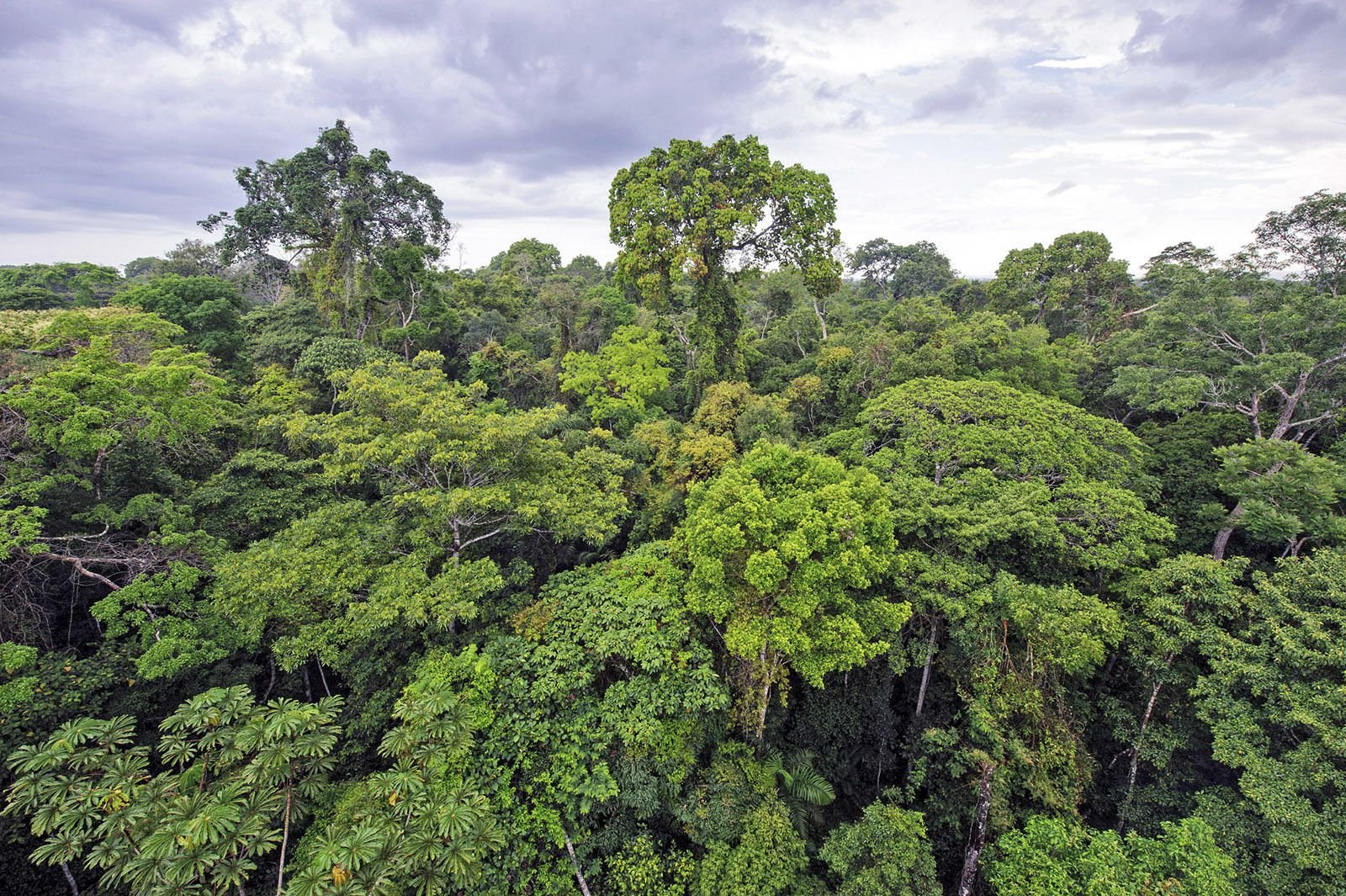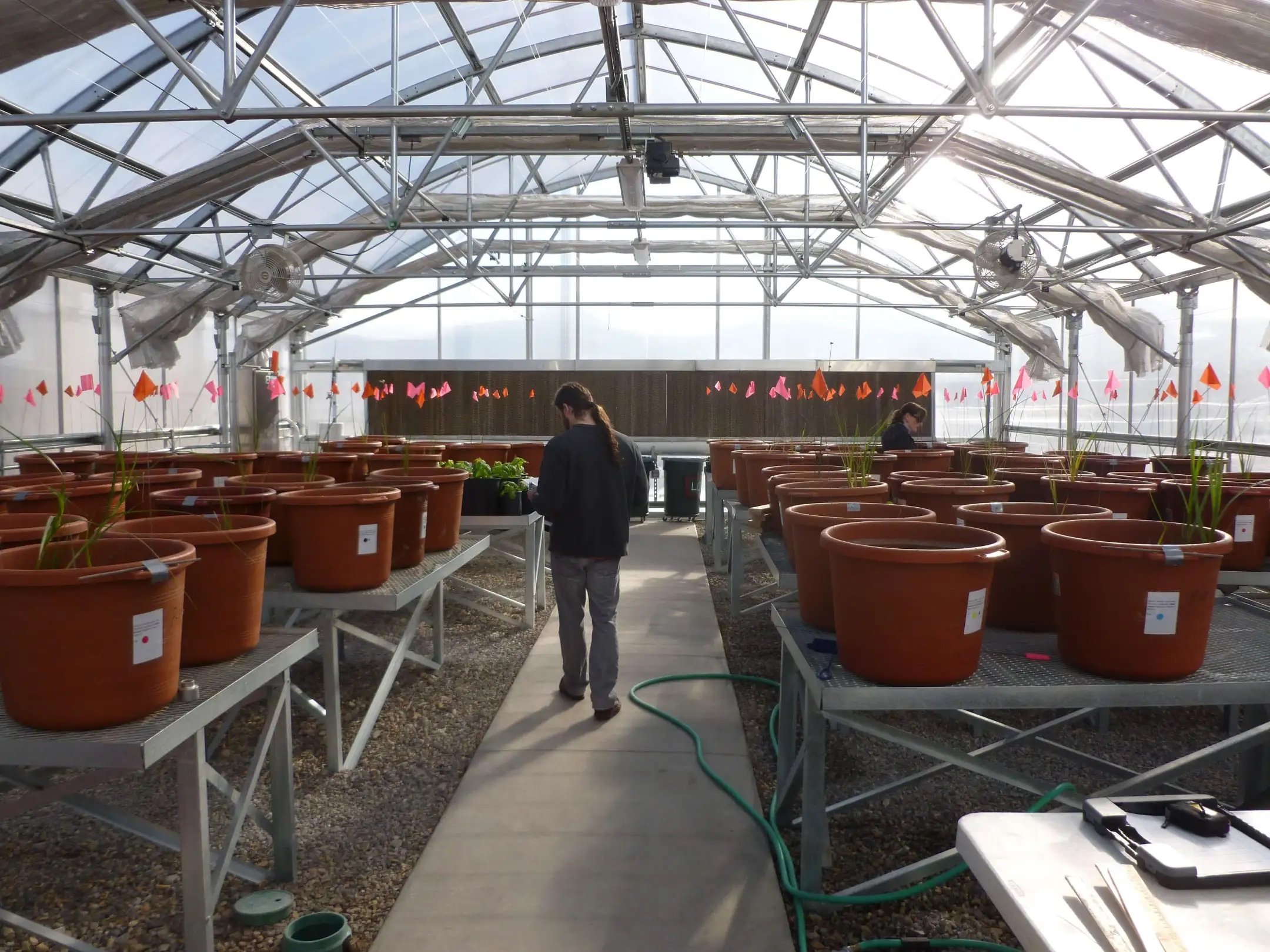INSPIRE
The goal of the Initiative to bring Science Programs to the Incarcerated in Utah (INSPIRE) is to bring science and nature to the incarcerated. We build connections with science, scientists, inmates, and the corrections community through science lectures, workshops, and conservation projects at correctional facilities in Utah. The program was initiated by Nalini Nadkarni, co-founder of the Sustainability in Prisons Project (SPP).
(INSPIRE is based in the School of Biological Sciences at the University of Utah)
In 2014, INSPIRE program staff began working with the Utah Department of Corrections and the Salt Lake County Sheriff’s Office. Programs now include a monthly science lecture series, science workshops, and conservation research projects.
Funding for this program comes from the National Science Foundation (DEB-1141833 and DRL-1204448), private donations, and in-kind support from program partners.
Least Chub Pond
INSPIRE has partnered with Salt Lake County Jail and Utah Division of Wildlife Resources to create and maintain a refuge pond for Least Chub (Lotichthys phlegethontis), a state sensitive fish species. Found only in Utah, wild populations of Least Chub are currently limited to 6 isolated wetlands. Least Chub are an important part of the food web as they are food for many fish eating animals (birds, amphibians, mammals) and provide “ecosystem services,” such as eating mosquito larvae and other insects that may carry diseases. Our refuge population of Least Chub will be a source to supplement wild populations when depletions arise. In addition to providing a secure home for this important fish, the project has created hands-on educational activities for inmates, science lectures, and inspiration for forthcoming conservation projects. Inmates are trained to monitor fish and bird populations and water quality.
American Kestrel Conservation and Research
The goal of the American Kestrel Project at the Salt Lake County Jail is to participate in national efforts to advance conservation of the American Kestrel (Falco sparverius), a Utah native falcon. Approximately 14 kestrel boxes have been distributed on jail property and, when occupied by Kestrels, will be monitored weekly by inmates during the spring. From the time of nesting to the moment the fledgings leave the nest, inmates will collect data specific to the citizen science project established by the American Kestrel Partnership (https://kestrel.peregrinefund.org.) The data collected include location of Kestrel box, number of adult kestrels in the area (banded and un-banded), their behaviors, number of nestlings, age of nestlings (in days) and gender. Before the nestlings fledge, Hawkwatch International (http://www.hawkwatch.org) will be notified that it is time to band the birds so that scientists can continue to monitor their survival and movements. Hawkwatch uses alpha-numeric color bands enabling identification from afar using binoculars, an activity inmates will also take part in during the summer and winter months. By contributing to a citizen science project, inmates become part of an effort to understand why the American Kestrel are declining and help researchers develop effective conservation strategies.
Bulrush Research Project
In collaboration with Dr. Karin Kettenring (Utah State University) and the Salt Lake County Jail’s existing horticulture program, INSPIRE’s Bulrush Research Project provided an opportunity for inmates to work with scientists and gain hands-on science experience as they helped to identify the optimal growing conditions for alkali and hardstem bulrush (Schoenoplectus). The findings of the research project will contribute to wetland restoration efforts along the Great Salt Lake, where the invasive Phragmites weed is currently out-competing bulrush and other native plants.
In spring 2014, a project team of 16 inmates, two University of Utah students, one Utah State University graduate student, and two INSPIRE staff members provided regular plant care and data collection. Science classes were offered twice each month to inmates involved with the Bulrush Research Project. Classes were taught by University of Utah faculty, staff, and visiting scientists, and they provided an opportunity to further explore the scientific process and topics related to wetland restoration.
Sagebrush Project
The Sagebrush in Prisons Project is a partnership between the Bureau of Land Management, the Institute for Applied Ecology, and correctional facilities across the western United States to grow sagebrush to restore habitat for the greater sage-grouse. Inmates in the Salt Lake County Jail participated in this project in 2016.
They grew 20,000 sagebrush plants, which were planted in sage-grouse habitat in southern Utah. Over the course of the growing season, inmates learned about plant care, ecology, and bird conservation through lectures presented by the Institute for Applied Ecology contractor, guest speakers from the University of Utah INSPIRE program, and representatives of local nonprofit organizations.





